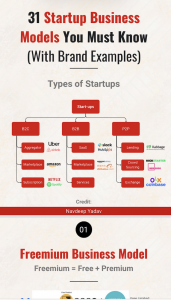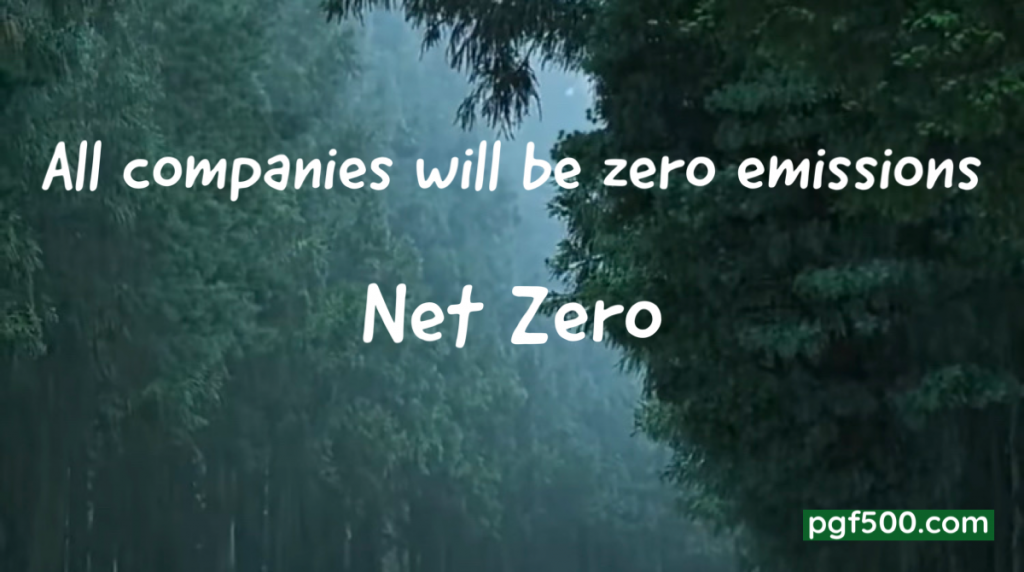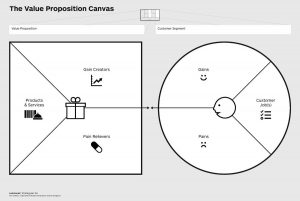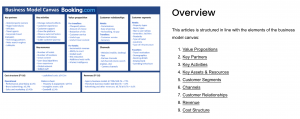Sustainable Business Model Canvas
.

.
Download the Tutorial
Sustainable business models:
1. Definition of sustainability: Sustainability refers to the ability of an organization to operate in a way that minimizes its negative impact on the environment, while also meeting the needs of the present and future generations.
2. Business case for sustainability: There is a growing business case for sustainability, as consumers and investors increasingly demand environmentally and socially responsible products and services.
3. Triple bottom line: The triple bottom line is a framework that considers the social, environmental, and financial impacts of an organization’s activities. A sustainable business model should strive to create value across all three dimensions.
4. Sustainable business models: Sustainable business models are designed to create long-term value for all stakeholders, including shareholders, employees, customers, and the environment. Examples of sustainable business models include circular economy models, green supply chain models, and socially responsible investing models.
5. Sustainable product design: Sustainable product design involves considering the environmental impact of a product throughout its entire life cycle, from raw material extraction to disposal. This can involve using sustainable materials, designing products for recyclability, and reducing packaging waste.
6. Sustainable supply chains: A sustainable supply chain involves ensuring that all suppliers and partners in the supply chain operate in a socially and environmentally responsible manner. This can involve implementing sustainable sourcing policies, reducing waste and emissions in transportation and logistics, and ensuring fair labor practices.
7. Reporting and transparency: Sustainable businesses should be transparent about their sustainability practices and report on their environmental and social impacts. This can involve publishing sustainability reports, participating in sustainability certifications and standards, and engaging with stakeholders to gather feedback.
8. Sustainable finance: Sustainable finance involves integrating environmental, social, and governance (ESG) factors into investment decisions. Sustainable finance can be used to drive positive environmental and social outcomes, while also generating financial returns.
9. Collaborative action: Addressing sustainability challenges requires collaboration across different stakeholders, including governments, businesses, civil society organizations, and consumers. Sustainable businesses should seek to engage with these stakeholders and collaborate on sustainability initiatives.
10. Continuous improvement: Sustainable business models should be designed for continuous improvement, with a focus on reducing environmental impact, improving social outcomes, and creating value for all stakeholders over the long term.
.
pgf500 Team
.




 .
.


